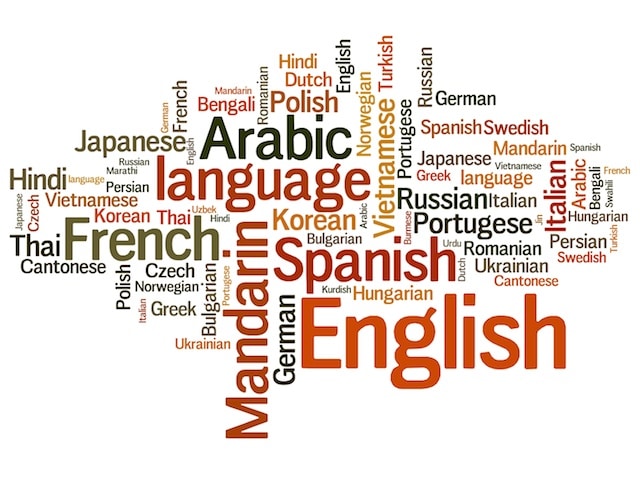VIETNAMESE LANGUAGE
Understanding The Vietnamese Language & Providing Professional Vietnamese Interpreters, Translators and Transcriptionists
American Language Services (AML-Global) understands the importance of working in the Vietnamese language. For over a Quarter of a Century, American Language Services has worked with the Vietnamese language as well as hundreds of others from around the world. We offer comprehensive language services 24 hours, 7 days a week worldwide by providing Vietnamese interpreting, translation and transcriptions services along with hundreds of other languages and dialects. Our linguists are native speakers and writers who are screened, credentialed, certified, field tested and experienced in a number of specific industry settings. The Vietnamese language is unique and has very specific origins and characteristics.
Vietnamese and the Global Influence on Vietnamese Culture
Vietnamese is the official language spoken in Vietnam, officially the Socialist Republic of Vietnam, is the easternmost country on the Indochina Peninsula in Southeast Asia. It is bordered by China to the north, Laos to the northwest, Cambodia to the southwest, and the South China Sea to the east. The culture of Vietnam has been influenced by neighboring China. Due to Vietnam’s long association with the south of China, one characteristic of Vietnamese culture is filial duty. Education and self-betterment are highly valued. Historically, passing the imperial Vietnamese exams was the only means for Vietnamese people to socially advance themselves. In the socialist era, the cultural life of Vietnam has been deeply influenced by government-controlled media and the cultural influences of socialist programs. For many decades, foreign cultural influences were shunned and emphasis placed on appreciating and sharing the culture of communist nations such as the Soviet Union, China, Cuba and others. Since the 1990’s, Vietnam has seen a greater exposure to Southeast Asian, European and American culture and media.
The Different Vietnamese Dialects
Vietnamese has traditionally been divided into three dialect regions: North, Central, and South. These dialect regions differ mostly in their sound systems, but also in vocabulary (including basic vocabulary, non-basic vocabulary, and grammatical words) and grammar. The North-central and Central regional varieties, which have a significant amount of vocabulary differences, are generally less mutually intelligible to Northern and Southern speakers. There is less internal variation within the Southern region than the other regions due to its relatively late settlement by Vietnamese speakers (in around the end of the 15th century). The North-central region is particularly conservative. Along the coastal areas, regional variation has been neutralized to a certain extent while more mountainous regions preserve more variation.
Vietnamese Vocabulary
As a result of a thousand years of Chinese occupation, much of the Vietnamese lexicon relating to science and politics is derived from Chinese. As much as 70% of the vocabulary has Chinese roots, although many compound words are Sino-Vietnamese, composed of native Vietnamese words combined with Chinese borrowings. One can usually distinguish between a native Vietnamese word and a Chinese borrowing if it can be reduplicated or its meaning doesn’t change when the tone is shifted. As a result of French colonization, Vietnamese also has words borrowed from the French language.
Who are You Going to Trust with Your Vital Vietnamese Language Needs
The Vietnamese language is an important language worldwide. It is vital to understand the general nature and specific idiosyncrasies of Vietnamese. Since 1985, AML-Global has provided outstanding Vietnamese interpreters, translators and transcriptionsts worldwide.
























